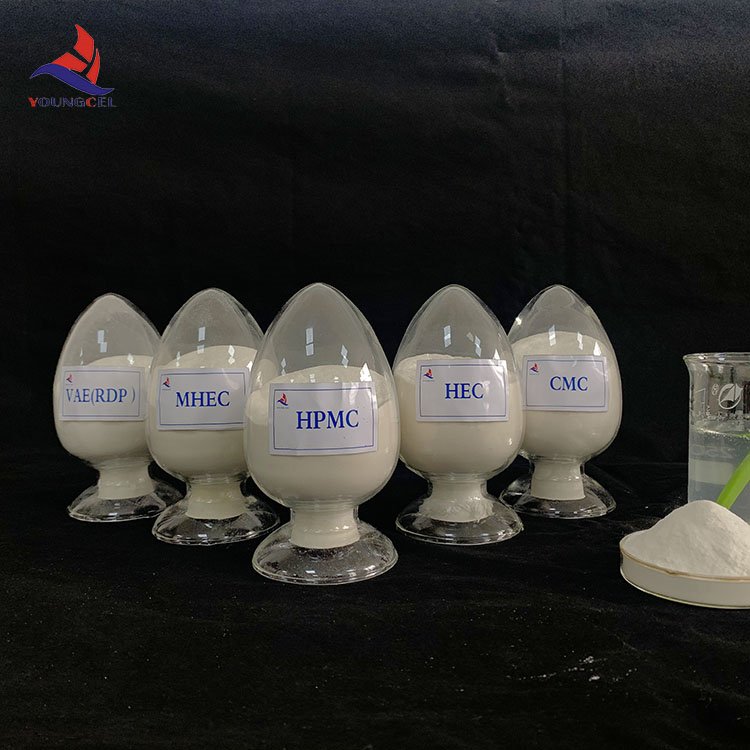The Role of Cellulose Adhesives in Modern Applications
Cellulose adhesives have garnered significant attention in various industries due to their eco-friendly properties and versatility. Derived from cellulose, the most abundant organic polymer on earth, these adhesives are not only sustainable but also exhibit excellent bonding capabilities, making them suitable for a wide range of applications.
What are Cellulose Adhesives?
Cellulose adhesives are derived from natural sources, primarily from plant materials, where cellulose serves as the key ingredient. Their composition can vary, but they often include various additives to enhance performance characteristics such as viscosity, bonding strength, and drying time. Common types of cellulose adhesives include hydroxyethyl cellulose (HEC), methylcellulose (MC), and carboxymethyl cellulose (CMC). These substances are widely used in industries that prioritize sustainable practices, promoting a greener approach to manufacturing and construction.
Advantages of Cellulose Adhesives
One of the most significant advantages of cellulose adhesives is their non-toxic nature. As environmental concerns become increasingly prominent, businesses are seeking alternatives to synthetic adhesives that may contain harmful chemicals. Cellulose-based adhesives provide a safer option for both manufacturers and consumers, reducing potential health risks.
Moreover, cellulose adhesives possess excellent water solubility, which allows for easy application and cleanup. This property makes them particularly advantageous in industrial processes where quick adjustments or modifications are necessary. Additionally, they offer good adhesion properties across various materials, including wood, paper, and textiles, making them a favorite in industries such as woodworking, packaging, and textiles.
cellulose adhesive

Applications of Cellulose Adhesives
In the woodworking industry, cellulose adhesives are widely used for bonding plywood, laminates, and particleboard. Their strong and durable bonds make them preferable for furniture production and the creation of engineered wood products. Furthermore, the ability of cellulose adhesives to be formulated with various additives allows for the customization of properties such as rigidity and flexibility, catering to specific product requirements.
The packaging industry also benefits from cellulose adhesives. As consumers become more environmentally conscious, products that utilize sustainable packaging solutions are increasingly popular. Cellulose adhesives enable the production of biodegradable and recyclable packaging materials, aligning with the growing demand for eco-friendly products. These adhesives are especially effective for paper-based materials, ensuring that packages are securely bonded while remaining light and easy to process.
In the textile industry, cellulose adhesives play a pivotal role in the production of non-woven fabrics and laminates. They provide a strong bond without compromising the flexibility and softness of the fabric, essential characteristics for clothing and upholstery. Additionally, they can be used as coatings on textiles to enhance water resistance or improve durability.
Conclusion
As industries strive to reduce their carbon footprint and environmental impact, cellulose adhesives emerge as a promising solution. Their natural origins, non-toxic properties, and versatility make them a suitable alternative to traditional synthetic adhesives. With continued advancements in cellulose adhesive technology, we can expect to see even broader applications across various sectors, promoting sustainability while meeting the demands of modern manufacturing. As businesses recognize the importance of eco-friendly materials, cellulose adhesives will likely play an increasingly vital role in paving the way for greener practices in the future.
-
Premium Detergent Grade HPMC Hydroxypropyl Methylcellulose: Superior Thickening & StabilityNewsAug.31,2025
-
HEC 100000 Hydroxyethylcellulose for Paint | Superior ThickeningNewsAug.30,2025
-
Wall Putty Rdp Powder Packaging DesignNewsAug.29,2025
-
Introduction to Hpmc Hydroxypropyl Methyl CellulosNewsAug.29,2025
-
Hpmc Industri Grade IntegrationNewsAug.29,2025
-
How to Choose the Right Construction AdhesiveNewsAug.29,2025




